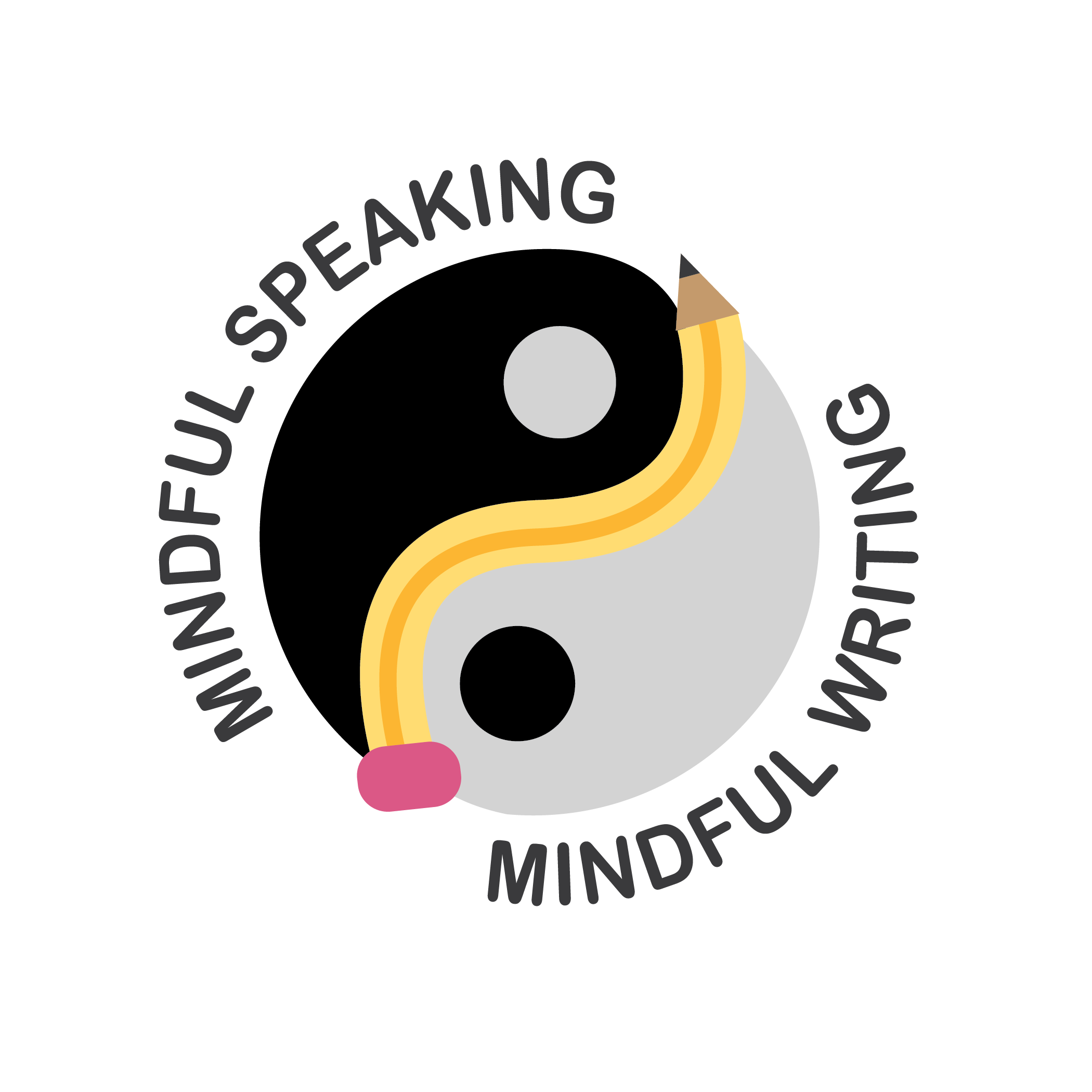
image credit: pixabay.com
I’ve been away from the blog for a bit. Painful back problems and very busy, but I’ve returned, much better, and glad to be here.
In a recent class I taught on Mindful Conversation, we discussed what blocks one from listening and speaking in a more mindful way in conversation. I was struck by how many of the blocks were born out of some form of fear. This will be the first of several blogs I intend to write on the subject. I welcome your comments, examples or ideas on how you’ve dealt with this pesky roadblock.
What is fear?
No one escapes fear. It comes with consciousness. As soon as children develop minimal awareness of life around them, the boogey man shows up in the form of nightmares and monsters of all shapes and sizes. Darkness, literal and metaphorical, descends, and with it comes fear.
Fear is an evolutionary inheritance. Millions of years ago, fear was a saving grace for our ancestors. They were surrounded by very real threats, all manner of creatures who roamed about looking for their next meal. Homo Sapiens was the caviar of the day. In the modern era, hungry predators, generally speaking, are much less of a threat. Our brains, however, conditioned over millions of years, perceive threats and feel fear as if we were still surrounded by sabertooth tigers.
Two Kinds of Fear
To speak rationally about fear, we must differentiate between two totally different aspects. Justifiable and Imagined Fear. You are crossing the street, when suddenly you see a truck, near-by, heading directly at you. Instantly your heart and breathing speed up; sweat breaks out; your mouth dries. This is justifiable fear. The physiological reactions are your bodies’ way of getting your attention and preparing you for your only options, fight, flight or freeze. Given the odds of success with either fight or freezing in front of a big truck, you choose flight, jump out of the way just in time, and live to tell the story of justified fear and a wise response.
Imagine now that you are at a party, talking with a friend. A third person approaches. You know you are going to need to introduce your friend, but your mind goes blank and you can’t remember his name. You try to fake it but know you’re sounding foolish. Feeling nervous, you suggest that you’ll go and get something for everyone to drink. Soon, you have three drinks that you can’t carry properly. You head back, but don’t even see the other two any more. Soon you are in a funk, assuming that your friend no longer wanted to talk with you. Pretty soon, you grab your coat and depart. This was imagined fear (there was nothing really to be afraid of) and a bad response (your imagined fear basically hijacked you, turning the happy partyer into a funky, moody partyer with three drinks and no place to put them.
Imagined fear occurs when there is no real threat to your safety or security. Your out-of-proportion reaction is caused by your mind making up a story and your falling for it. Your physiological reactions may be identical to the reactions you had to the justifiable fear in the truck near miss story. All of this overtakes you so fast, you’re unaware of what has happened. Once you are in the funky mood, it is very difficult to get out. Your imagined fear can easily ruin the moment and hours (sometimes even days, years or a lifetime) to follow.
Awareness
How to prevent this kind of emotional hijacking? The basic solution is embedded in the mindfulness practice of awareness. I call it the “Healing Pause.” It is simple, but not easy.
1. Identify what you are feeling. In the above story, you might be feeling embarrassed, or even ashamed, or foolish. A feeling consists of one word, e.g. frustrated, confused, sad, angry, upset.
2. Identify the thought behind the feeling. In the above story, the thought might have been, “How could I have forgotten his name? He must think I don’t care about him. I looked like a bumbling idiot.” Thoughts may consist of many words and be very convoluted.
3. Change the thought. Reframe the picture in your mind, for example: “I forgot his name. Everyone forgets names at times. How human of me. When I go back, maybe I’ll even apologize to him. He’s probably forgotten about it already. I don’t think he’s going to hold it against me.”
When you change the thought, you shift the story that you are telling yourself. When you change your story, you change your behavior. You take control of who you are. Rather than being hijacked by your emotions, you use them to empower you.
What it takes to Implement this powerful tool
First, you must understand that some specific thought always comes before the imagined fear. In this case, you had a thought, such as: He’ll think I don’t care about him. I looked like a bumbling idiot. That thought then caused the imagined fear of being judged or looking foolish, maybe even losing his friendship.
Second, STOP. Take a brief timeout. Take a deep breath. Now deliberately, consciously, change the thought in your mind. The new thought in this case is as stated in #2 above, “I forgot his name. Everyone forgets names at times. How human of me. When I go back, maybe I’ll even apologize to him. He’s probably forgotten about it already. I don’t think he’s going to hold it against me.”
Third, Hold that new thought. Allow a new, resulting feeling to permeate your mind. If possible, do or say something based on this new thought. For example, if you can find him again, you might try, “I want to apologize that I didn’t introduce you properly back there. I guess I was nervous. I promise I’ll never forget your name again” -as you hand him a drink. Try making a little fun of yourself, perhaps saying something to show your own vulnerability, be honest and authentic.
All of this can happen in a matter of seconds, even if you are still standing in front of him. It can be hard, in the stress of the moment, to have the presence of mind. Practice when you are alone or in low stress environments. Meditation is a great way to practice, because you are deliberately STOPPING the action of your mind, building the muscle. If you don’t think of it in time to use it in the conversation, practice it by yourself afterward. Practice changing the thought, experiencing the new feeling.
This can be a hard one to master. After all, you’ve been practicing imagined fear for years. Be gentle with yourself. It will take practice, but once you’ve learned how, you’ll find it one of the most powerful shifts you can make in your conversation.

Connect With Me